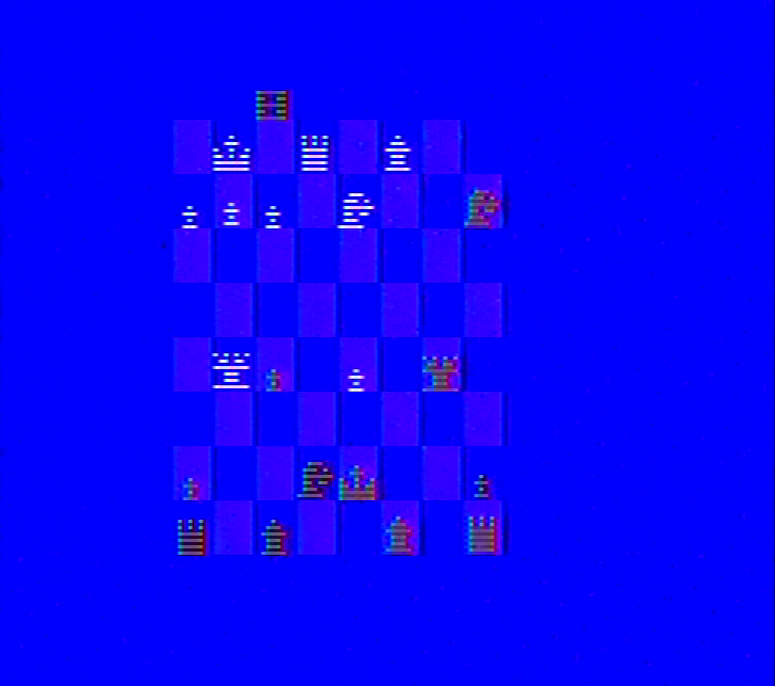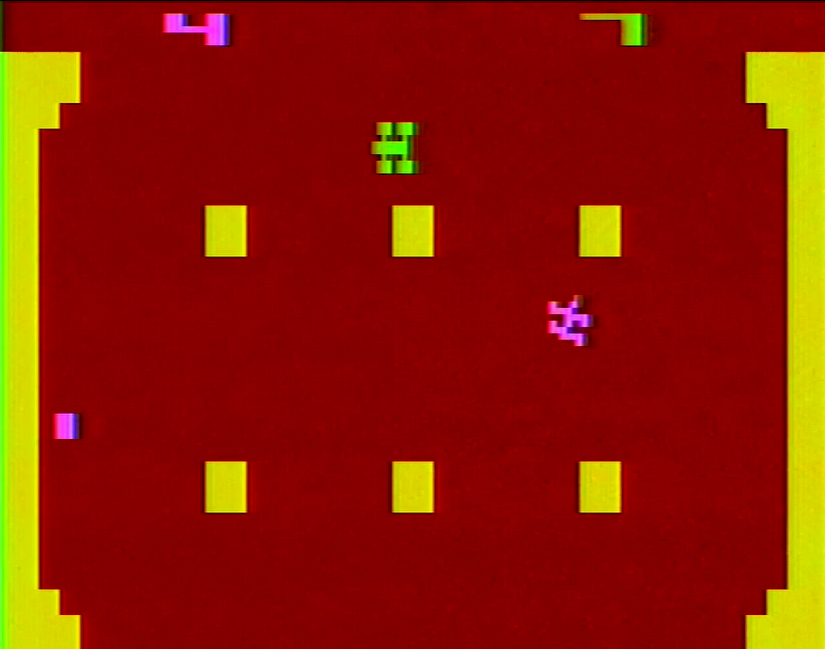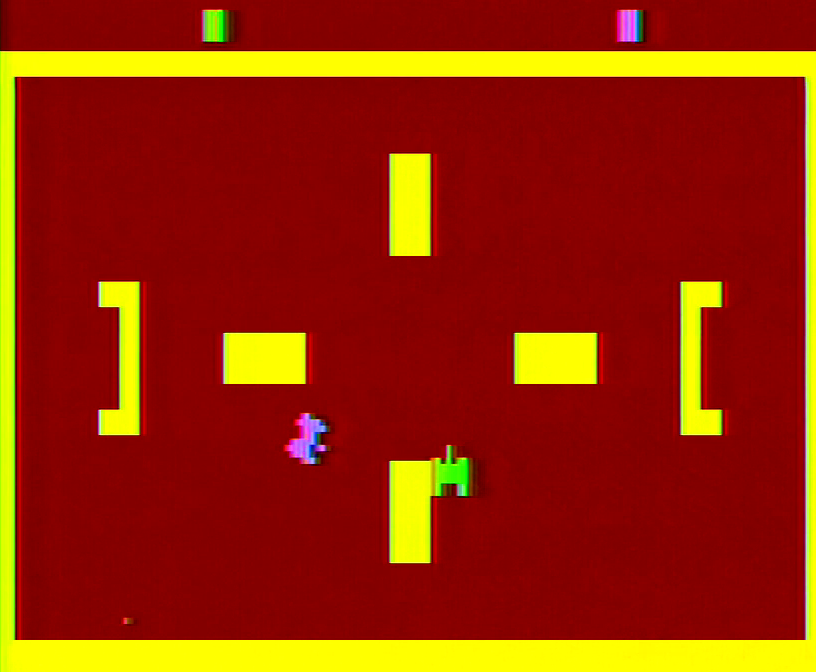The 1970s were a time of rapid growth and change in the nascent video game industry. Over the course of the decade, arcade video games were commercially introduced, grew in complexity, and shifted from black-and-white to color. But the video game industry as we know it started in the home, and there was a great deal of interest in bringing those arcade experiences back to the rumpus room. Much like the earliest arcade games, early home consoles were dedicated machines capable of only playing whatever the circuitry had built in. There was no real programming involved because there weren’t really microprocessors available to run these games; as such game design was in large part a function of hardware design. Although Magnavox’s Odyssey system functionally was the home market for the first few years – featuring changeable cards that, under the hood, were little more than circuitry that told the hardware to use specific rules for whatever game – around 1975 the market was flooded with dedicated consoles that largely worked to recreate the popular arcade game Pong. Such a market was always going at risk of becoming a fad the same way that CB radios or digital watches were, and electronics giants like Fairchild and RCA were in a race with arcade game developers such as Atari and Bally to change that paradigm and hit the storefronts with consoles capable of interchangeable, new games with a sturdier shelf life.
Atari’s effort, the Video Computer System, had its first proof-of-concept prototype design completed on paper in December 1975, by engineers Steve Mayer and Ron Milner of Cyan Engineering, which was a subsidiary of Atari. Mayer and Milner had been discussing how to follow up Atari’s Home Pong dedicated console that summer when Mayer suggested moving away from dedicated consoles, which required designing from the ground up new circuits and hardware for each new game, to building a base unit with different ROM chips that could be plugged into it to run games instead. The idea of porting the popular arcade game Tank – which was produced by another Atari subsidiary, Kee Games and published in November 1974 – was in the front of the engineers’ minds as a natural follow up to Pong. The initial prototype design included the idea of running what would become Combat on the eventual system, and used the arcade machine’s dual-stick control setup to run a basic version of Tank as a proof-of-concept. A second pair of hardware designers named Jay Miner and Joe Decuir were charged with building out that prototype design and turning it into a commercial product, with one basic edict: That the VCS should be able to run home versions of Tank and Pong, as well as home versions of other popular arcade titles such as Jet Fighter and Gran Trak 10.
Continue reading “Combat (Tank Plus) – August, 1977” →



